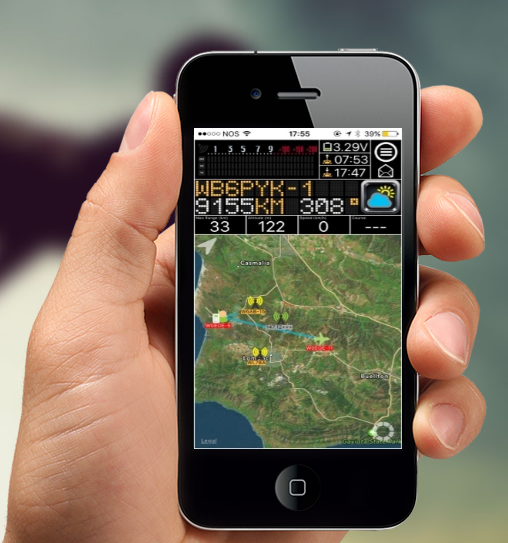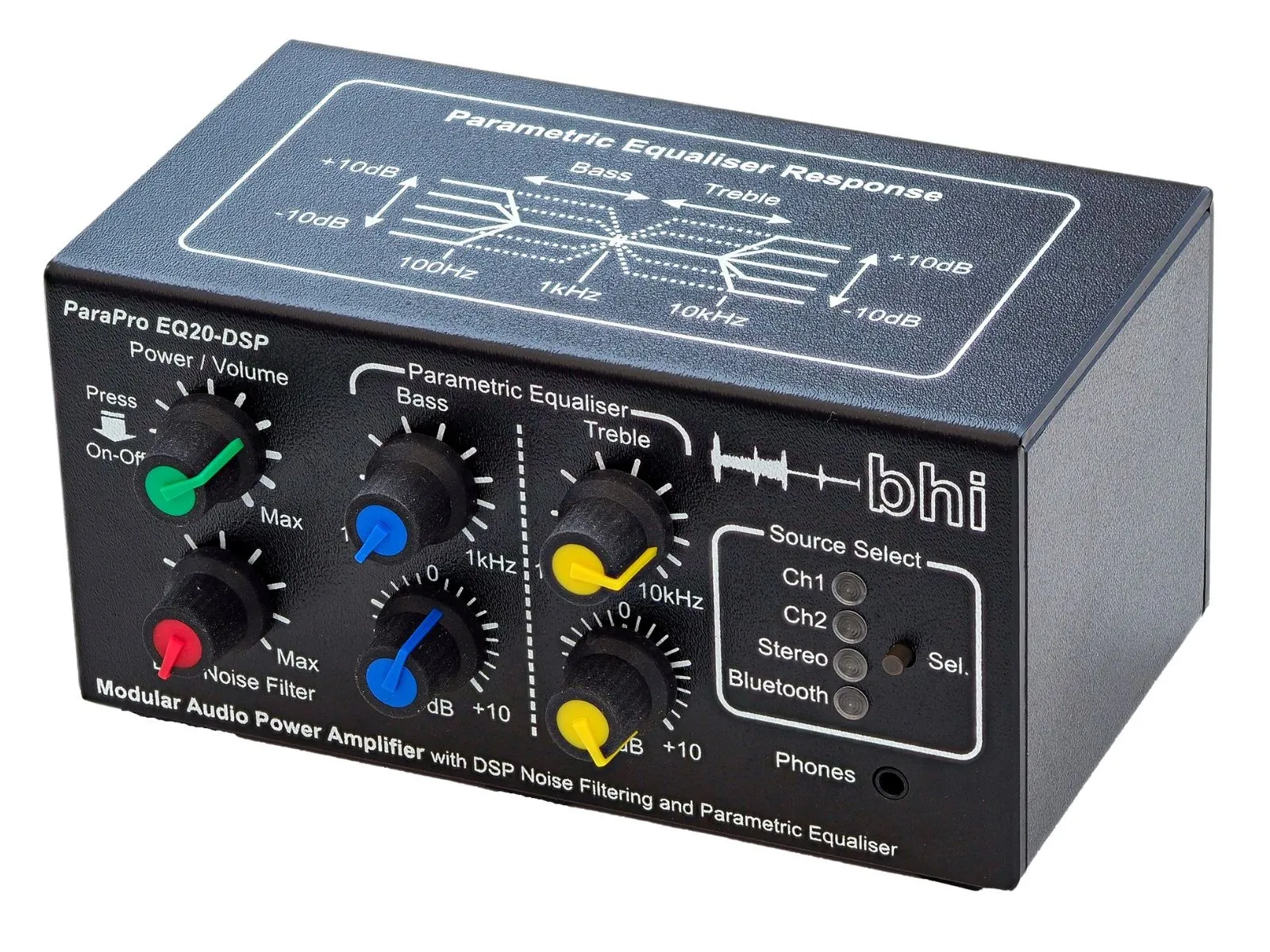amateur radio
chirp spread spectrum
frequency shift
ham radio
internet of things
LoRa
LoRaWAN
radio
adaptive data rate, agricultural monitoring, bandwidth, chirp spread spectrum, css modulation, data rate, doppler effect, frequency shift, industrial automation, interference resistance, IoT, long range, lora, lora modulation, lorawan, low power, multipath resilience, smart city, spreading factor, symbol mapping, wireless communication
9M2PJU
0 Comments
LoRa and Chirp Spread Spectrum (CSS) Modulation: How It Works
LoRa (Long Range) is a wireless communication technology that has gained significant popularity in recent years, especially in the Internet of Things (IoT) space. One of the key aspects that makes LoRa unique is its use of Chirp Spread Spectrum (CSS) modulation, which enables long-range, low-power communication with high resistance to interference. In this article, we will explore what CSS modulation is, how it works, and its significance in LoRa communication.
What is Chirp Spread Spectrum (CSS)?
Chirp Spread Spectrum (CSS) is a type of spread spectrum modulation that uses chirp signals—continuous frequency sweeps—to encode data. A chirp is a signal in which the frequency increases (up-chirp) or decreases (down-chirp) over time. Unlike traditional modulation techniques such as Frequency Shift Keying (FSK) or Amplitude Modulation (AM), CSS spreads the signal across a wide bandwidth, making it highly resistant to interference and multipath fading.
How Does CSS Work in LoRa?
LoRa utilizes CSS modulation to transmit data over long distances while maintaining low power consumption. Here’s how it works:
1. Chirp Signal Generation:
- The LoRa transmitter generates a base chirp signal, which is a predefined frequency sweep over a specific bandwidth.
- The chirp signal can be either an up-chirp (increasing frequency) or a down-chirp (decreasing frequency).
- The bandwidth of the chirp is an important factor, as it determines the resilience of the signal against noise and interference.
2. Data Encoding with Chirps:
- Information is encoded by modifying the frequency offset of the chirps.
- LoRa employs a technique where different frequency shifts represent different symbols in the data.
- The spreading factor (SF) determines the length of the chirp and the amount of spreading applied to the signal.
- Higher SF values result in longer chirps, allowing for better sensitivity and range at the cost of lower data rates.
- LoRa uses orthogonal chirps for encoding multiple bits per symbol, increasing spectral efficiency.
3. Symbol Mapping and Modulation:
- LoRa modulation maps binary data to a set of chirp frequencies using a logarithmic frequency shift.
- Each chirp corresponds to a different symbol, and the number of possible symbols depends on the spreading factor (SF).
- LoRa supports spreading factors from SF7 to SF12, where higher SF values provide better sensitivity but lower data rates.
- The relationship between SF and data rate follows the equation: Data Rate = (SF × Bandwidth) / 2^SF
- This inverse relationship means that increasing SF improves range but reduces throughput.
4. Transmission and Reception:
- The modulated chirp signal is transmitted over the air and can be received by any LoRa-compatible receiver within range.
- The receiver detects the chirp signal and demodulates it to retrieve the original data.
- LoRa’s demodulation process relies on cross-correlating received signals with reference chirps to extract data with high accuracy.
- The orthogonal nature of LoRa’s chirps allows multiple signals to be received simultaneously, improving network capacity.
Advantages of CSS Modulation in LoRa
1. Long-Range Communication
- CSS enables LoRa devices to achieve communication ranges of several kilometers, even in urban environments.
- Longer spreading factors (SF) improve sensitivity, allowing reception of signals as low as -137 dBm.
2. Interference Resistance
- Unlike narrowband communication methods, CSS is highly resilient to interference from other wireless signals, making it suitable for IoT deployments in crowded frequency bands.
- The wide bandwidth of chirp signals reduces the impact of narrowband noise.
3. Low Power Consumption
- The efficiency of CSS allows LoRa devices to operate on batteries for years, making it ideal for remote sensors and low-power IoT applications.
- LoRa’s adaptive data rate (ADR) mechanism optimizes power consumption by adjusting SF dynamically.
4. Multipath and Doppler Resilience
- CSS modulation maintains stable communication even in environments with reflections and Doppler effects, such as mobile applications and indoor deployments.
- The wideband nature of chirp signals minimizes the impact of multipath fading.
What is the difference between LoRa and LoRaWAN?
Difference Between LoRa and LoRaWAN
- LoRa = Physical Layer
- LoRaWAN = MAC Layer
Key Differences:
- LoRa defines the physical layer, enabling long-range communication.
LoRaWAN defines the network protocol and system architecture. - LoRa is a wireless modulation technique that allows low-power, long-range communication.
LoRaWAN is a network protocol that leverages LoRa modulation for communication. - LoRa can be used in networks without LoRaWAN.
LoRaWAN-like networks can exist without LoRa radio, but they wouldn’t be practical. - LoRa uses Chirp Spread Spectrum (CSS) modulation to achieve different data rates via various spreading factors.
LoRaWAN is a wireless network protocol designed for Wide Area Network (WAN) applications due to its extensive coverage.
Many people mistakenly use “LoRa” to describe the entire LPWAN communication system. However, strictly speaking, LoRa is just a proprietary modulation format owned by Semtech.
Conclusion
LoRa’s use of Chirp Spread Spectrum (CSS) modulation is a game-changer for long-range, low-power wireless communication. By leveraging the unique properties of chirp signals, LoRa can achieve excellent coverage, strong interference immunity, and extended battery life—qualities that make it an ideal choice for IoT applications. Whether you are deploying smart city solutions, agricultural monitoring systems, or industrial automation networks, understanding CSS is essential for optimizing your LoRa-based communication systems.







Post Comment